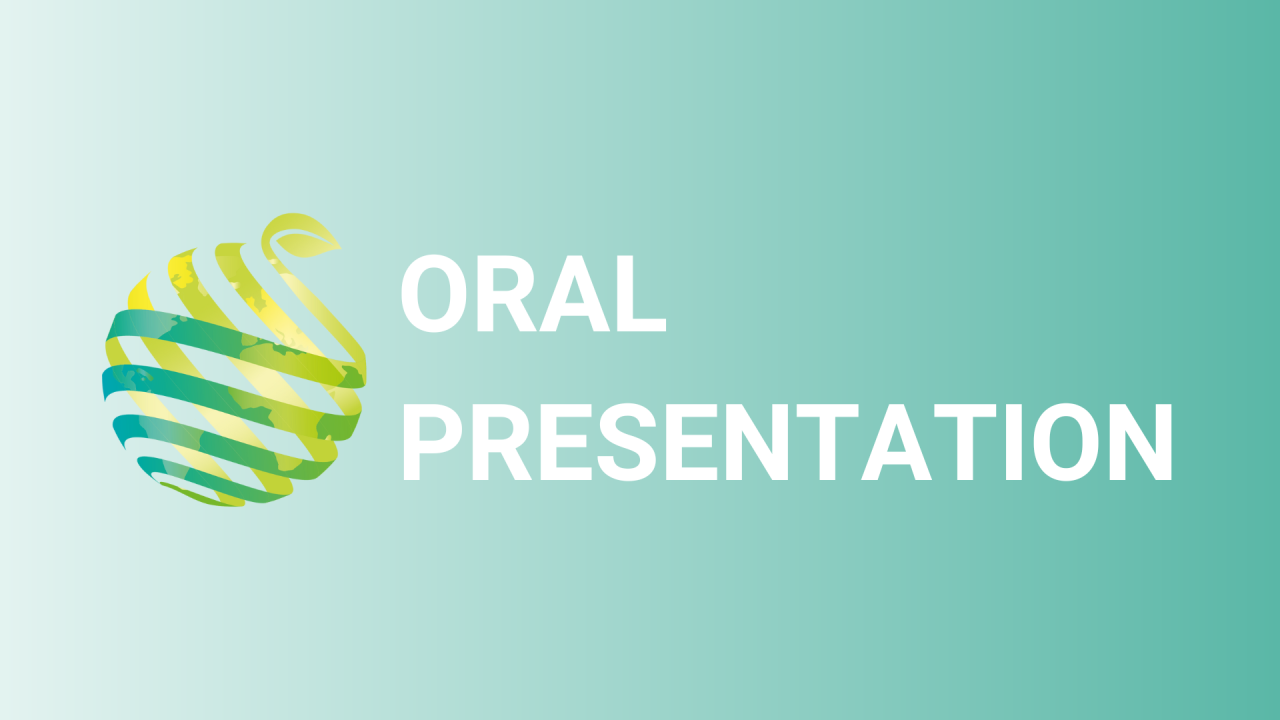

S11 - Session O2 - Epigenome analysis identifies dominant role of H3K4me3 over H3K27me3 in dynamic gene expression regulation underlying apple bud dormancy and bud break
Information
Authors: Wenxing Chen, Yosuke Tamada, Hisayo Yamane *, Miwako Matsushita, Yutaro Osako, Mei Gao-Takai, Zhengrong Luo, Ryutaro Tao
Bud dormancy in woody perennials is essential for survival during winter and ensures robust plant development. For apple ( Malus × domestica ), the short-term chilling induces bud dormancy in autumn, prolonged chilling leads to dormancy release and shift to quiescent state in winter, and a subsequent warm period promotes bud break in spring. In plants, epigenetic regulation through histone modifications contributes to seasonal responses such as vernalization. However, it is mostly unknown how histone modification functions in integrating seasonal cues to internal signals towards bud dormancy progression and break. Here, we performed chromatin immunoprecipitation DNA-sequencing analyses with H3K27me3 and H3K4me3 antibodies combined with transcriptome analysis in apple floral buds from autumn to spring. We found that the dynamic changes of H3K4me3 and H3K27me3 were highly and poorly, respectively, correlated with gene expressions of differentially modified genes at global level, whereas warming-induced H3K27me3 could ensure the down-regulation of some specific dormancy-related genes such as DAM s and FLC-like during bud break. The motif analysis revealed that SVP/DAM, FUS3, AP2/EREBP, and TCP as putative epigenetic mediators for dormancy regulation. The abscisic acid (ABA)-SVP/DAM-H3K4me3-targeted genes could be central components to ensure dormancy. Subsequent chilling appeared to turn off the ABA response genes through the release of ABA signaling inhibitor WRKY18/40, which was accompanied by H3K4me3 modifications, resulting in dormancy release. Prolonged chilling also transit buds to quiescent state by up-regulating FLC-like , which was accompanied by increased H3K4me3 marks. Warming conditions in spring facilitated cell division and cell wall modification through increased H3K4me3 marks in cell cycle regulatory genes, which was also mediated by H3K4me3-associated increased auxin and gibberellins activities, towards bud break. Importantly, increased auxin response sensitivity in spring can be conditioned during winter through the prolonged chilling-induced H3K4me3 gains, proposing the causative role of winter chilling-mediated epigenetic regulation on apple bud break in spring.